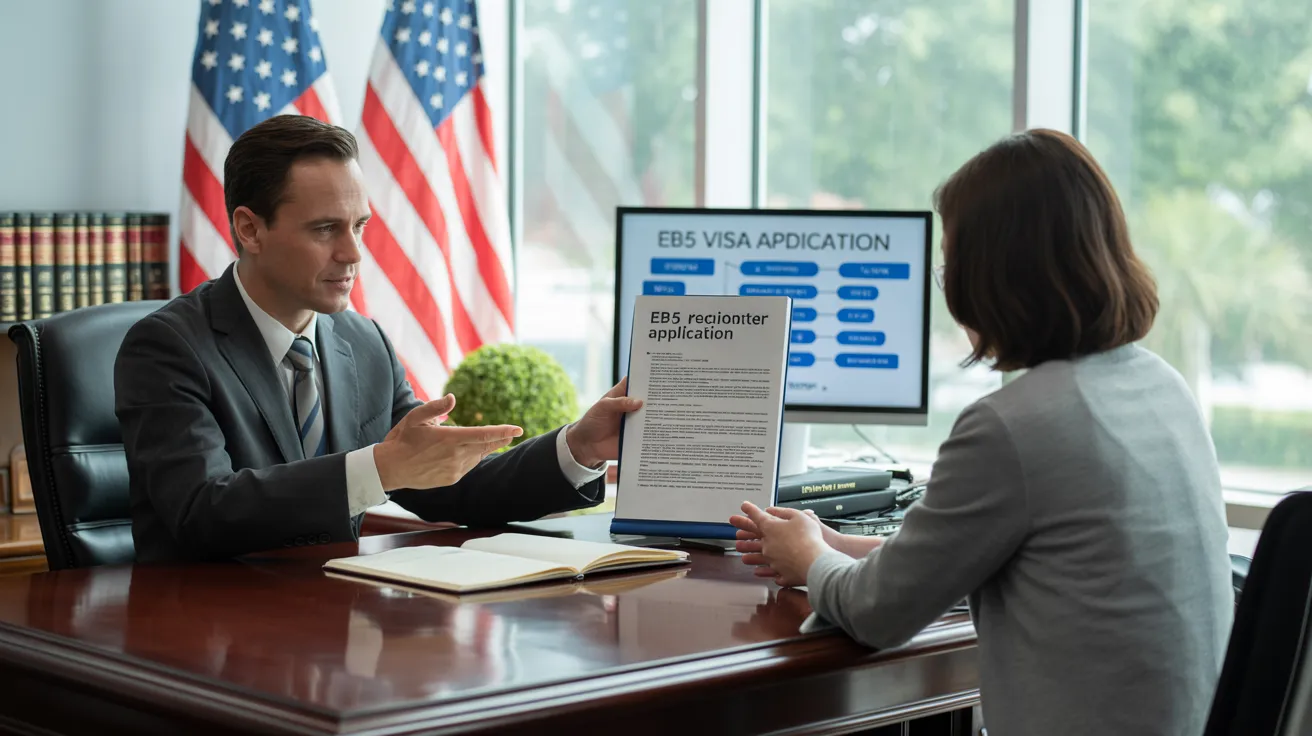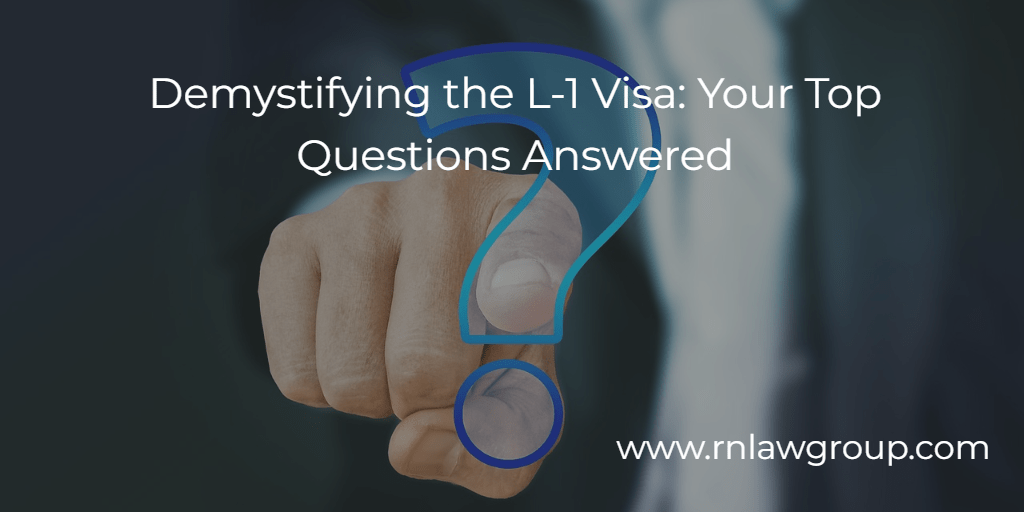L1 Visa Timeline
The L1 Visa Diaries
Table of ContentsThe Ultimate Guide To L1 VisaL1 Visa Things To Know Before You BuyThe Only Guide to L1 VisaA Biased View of L1 VisaL1 Visa Things To Know Before You Buy
L-1 visas are available to workers of an international business with offices in both the United States and abroad. L1 Visa. The visa enables such international employees to transfer to the corporation's United States workplace after having worked abroad for the business for at the very least one continual year within the previous 3 prior to admission in the United StatesOne L-1 visa can enable several employees entrance into the United States.
Because 2000, Indian nationals are the largest receivers of L-1 visas. The number of L-1 visas provided to Indian nationals leapt from 4.5 percent in 1997 to 43.8 percent in 2006. In 2019, Indian nationals received 18,354 L-1 visas, making up 23.8% of all L-1 visas provided in 2019. According to USCIS information, the biggest employers to obtain L-1 visas in 2019 were Tata Consultancy with 1,542 approved L-1 visa applications, Infosys with 517, Amazon with 455, Mindful with 382, and Deloitte with 305.
Congress created the L-1 visa in 1970. It was introduced as a "noncontroversial change" for international American companies. The original visa required that the job tenure match directly prior to requesting the firm transfer. Congress initially did not define "specialized expertise". In 1980, the State Division issued 26,535 L-1 visas.
Things about L1 Visa
Significant Indian outsourcing companies such as Tata, Infosys, and Wipro increasingly used the L-1 copyright team American international firms. Half of Tata's workers brought to the United States came on L-1 visas.
In 2003, the Senate Judiciary Committee held a hearing on the L-1 visa. In financial year 2004, the number of L-1B visas exceeded the number of L-1A visas.

Applicants that are in the USA at the time of the declaring of the I-129 can request a change of condition from their present nonimmigrant condition (i.e. visitor, trainee, and so on), so long as they are in status at the time of the declaring of the I-129. If they head out of condition after the filing, however before approval, there is no unfavorable effect, and contact us the person does not build up unlawful visibility.
Children of the key L-1 can go to school. The partner of the primary L-1 has an automated right to work in the United States.
L1 Visa Fundamentals Explained
An I-797 Notification of Action revealing the authorization of the copyright does not ensure that a visa will certainly be issued at the U.S.

L1 Visa Things To Know Before You Buy
For an L-1 visa candidate, "twin Intent" is enabled: unlike some classes of non-immigrant visas (e.g., J-1 visas (L1 Visa)), L-1 applicants might not be denied a visa on the basis that they are an intending immigrant to the United States, or that they do not have a residence abroad which they do not plan to abandon
Revival in the United States applies to standing just, not the real visa in contact us the key. copyright revival, the candidate must go to a UNITED STATE
An alien can not leave the United States and after that reenter without a legitimate L-1 visa, and must appear directly before a consular police officer copyright issuance.
Some Known Details About L1 Visa
An individual in L-1 status generally might work only for the petitioning firm. If the L-1 worker enters based upon an L-1 covering, however, it generally is possible for the worker to be relocated in the very same capability to any kind of various other related business provided on the blanket. The L-1 visa L1 Visa requirements program has actually been slammed for several reasons.
In one instance, The U.S. Division of Labor fined Electronic devices for Imaging $3,500 for paying its L-1 visa workers $1.21 an hour and functioning some of them up to 122 hours a week. Some industry representatives have charged companies of utilizing the L-1 program to change U.S. workers. Detractors and federal government authorities have mentioned exactly how the visa program does not define "specialized understanding" for foreign employees in the L-1B visa classification.